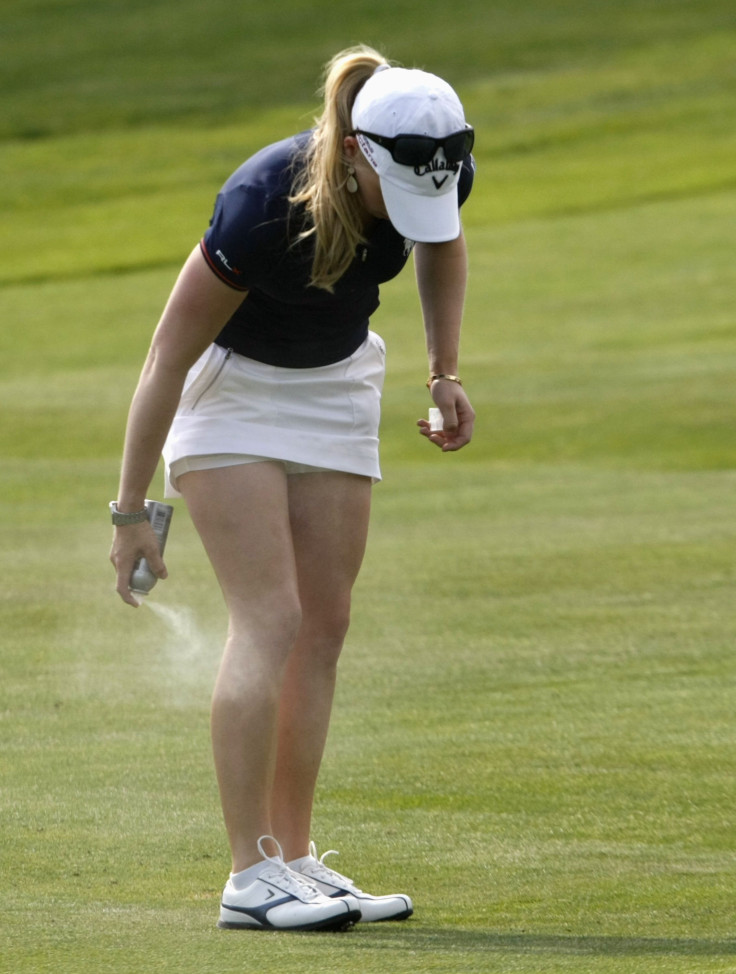Samsung Galaxy Note 4 UV Sensor Could Be The Perfect Summer Companion

The Samsung Galaxy Note 4 could be your mother in your pocket, reminding you when it’s time to put on sunscreen.
According to tech website SamMobile, the upcoming Galaxy Note 4 from Samsung Electronics Co. (KRX: 005930) may include an ultraviolet (UV) sensor; the publication has now shared details of how the sensor may function.
The sensor will reportedly be integrated into Samsung S-Health application and will be able to measure ultraviolet radiation from the sun. In order to use the sensor, Galaxy Note 4 users would need only point their handset in a 60 degree angle toward the sun with the sensor facing the sunlight. SamMobile’s report has not indicated where on the Samsung Galaxy Note 4 handset the UV sensor would be located.
Users would then be able to refer to a UV index provided by Samsung, which would offer users suggestions to protect themselves. For example, a low UV index reading between 0 to 2 suggests people wear sunglasses on bright days and protect their skin with a broad spectrum SPF 30+ sunscreen. In an extreme UV index reading of 11 or more, people are advised to avoid sun exposure between 10 a.m. and 4 p.m., stay in the shade and wear protective clothing, a wide-brimmed hat and UV-blocking sunglasses if outside, and apply broad spectrum SPF 30+ sunscreen every 2 hours. Full details of the UV index can be found on the U.S. Environmental Protection Agency’s website.
Below, some information from SamMobile which will reportedly be included in the Galaxy Note 4 UV index.
What's true:
- A tan results from your body defending itself against further damage from UV radiation.
- A dark tan on white skin offers only limited protection equivalent to an SPF of about 4.
- Up to 80% of solar UV radiation can penetrate light cloud cover. Haze in the atmosphere can even increase UV radiation exposure.
- Water offers only minimal protection from UV radiation, and reflection from water can enhance your UV radiation exposure.
- UV radiation is generally lower during the winter months, but snow reflection can double your overall exposure, especially at high altitude. Pay particular attention in early spring when temperatures are low but sun's rays are unexpectedly strong.
- Sunscreens should not be used to increase sun exposure time but to increase protection during unavoidable exposure. The protection they afford depends critically on their correct application.
- UV radiation exposure is cumulative during the day.
- Sunburn is caused by UV radiation which cannot be felt. The heating effect is caused by the sun's infrared radiation and not by UV radiation
What's false:
- A suntan is healthy.
- A tan protects you from the sun.
- You can't get sunburnt on a cloudy day.
- You can't get sunburnt while in the water.
- UV radiation during the winter is not dangerous.
- Sunscreens protect me so I can sunbathe much longer.
- If you take regular breaks during sunbathing you won't get sunburnt.
- If you don't fell the hot rays of the sun you won't get sunburnt.
The Samsung Galaxy Note 4 is expected to be announced in early September at the IFA Expo in Berlin and to release in late September.
© Copyright IBTimes 2025. All rights reserved.




















